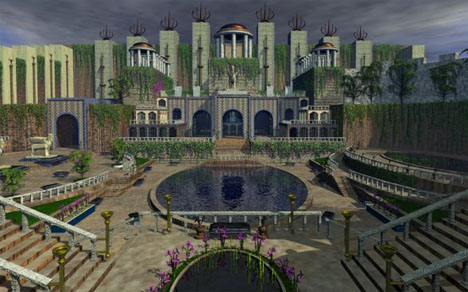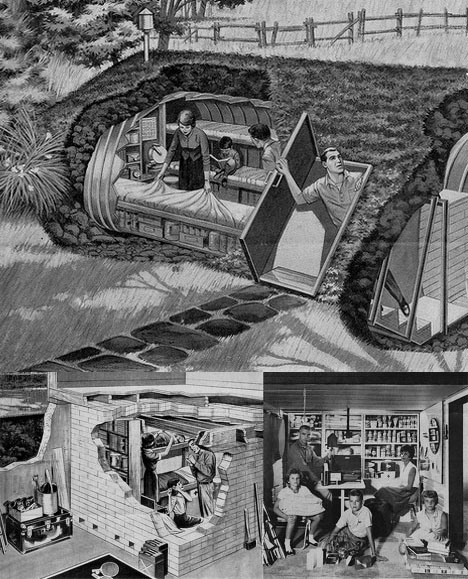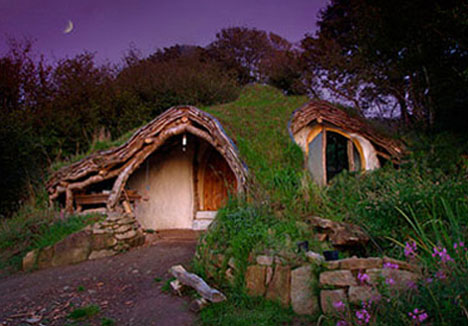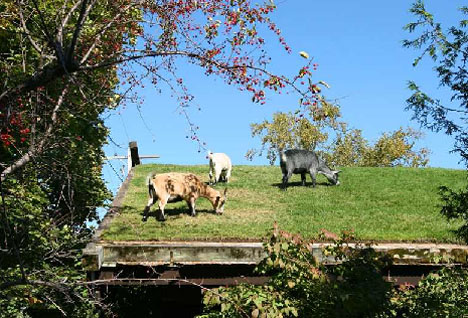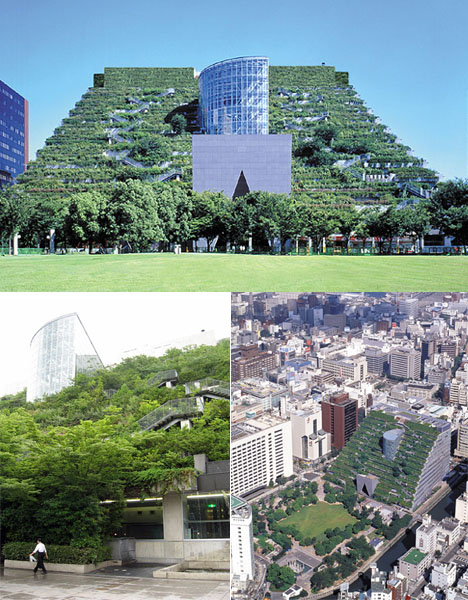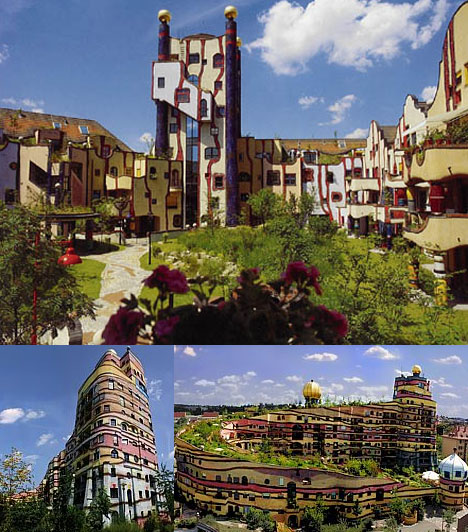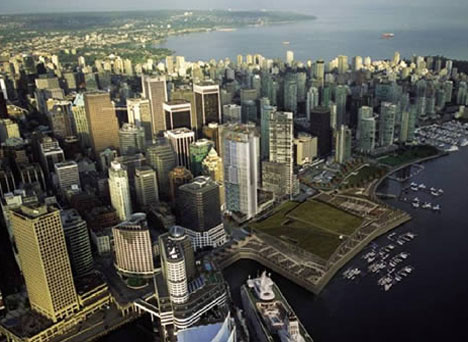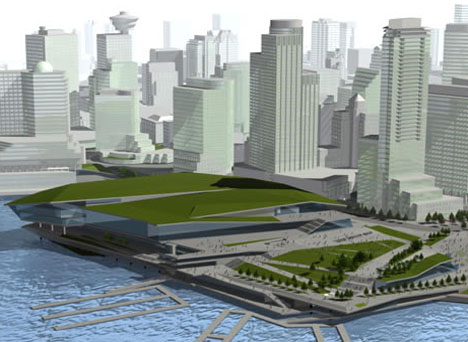(Check out our complete collection of Green Art, Design and Technology.)
A green roof can be much more than just a lawn on a building, and the concept is much older than many people realize. Creative green roof designs date back to the Hanging Gardens of Babylon, one of the original ancient wonders of the world. As impressive as those were, however, some modern examples have begun to rival them in terms of complexity, ingenuity and (of course) sustainability. Here are eight examples that help tell the strange story of the evolution of green roof design.

In Scandanavia green roofs are nothing new and green roofed architecture dates back centuries. Residential and farm structures used simple grass-covered green roofs primarily to absorb rainfall and provide thermal protection. There are even some contemporary buildings set in vernacular styles, such as this liquor store, that employ semi-traditional green roofs.
This Kelsey-Hayes Corporation bomb shelter design incorporates a green roof a hobbit would feel right at home in. This green roof design engage the structure aesthetically with the landscape, keeps the structure cool and even shrouds it from view in case of air attack. A dated approach to be sure, but also a compelling prefab idea that is results in something quite different from traditional suburbia.
Speaking of Hobbit holes, Pembrokeshire, Wales is home to a family with a house straight out of this classic fantasy tale. This amazing architectural wonder is created virtually completely from the natural materials found around the residence. The walls are made out of stone and mud and water enters the house by gravity from a nearby spring, and the roof is entirely green.
The idea of goats on a green roof might also seem fantastical or antiquated, but has likewise become a modern-day reality in Wisconsin. Sure, there is an element of whimsy and tourist-baiting to this design but it is also quite practical both for the maintenance of the roof as well as for the health (and perhaps entertainment) of the goats.
More contemporary green roof strategies are in many cases correspondingly more ambitious. Take this Japanese green roof for example, that sits on a massive building containing offices, retail space, a theater and a museum. The roof itself features over 30,000 plants of over 70 different species and brings usable green space to a dense urban core.
The Hundertwasser building is another great example of a contemporary green roof that is as impressive as the architecture below it is bizarre. The Waldspirale (or “forest spiral”) features over 100 apartments and wraps around a shared landscaped courtyard space with an actual flowing stream. The irregular forms and vibrant colors reflect the interests of the architect, who was both a designer and a painter.
When it is finished, the Vancouver Exhibition Center will have the largest green roof in Canada. This building is extremely aggressive in its environmental undertakings, with greywater treatment, energy efficient lighting and other strategies. Even the footings sunk into the water below it will foster the growth of marine life. In terms of style and ambition, this project is set to outdo the largest green roof in the world, a ford plant in Michigan. Want more green? See related articles on bizarre green art and creative guerilla gardening.
